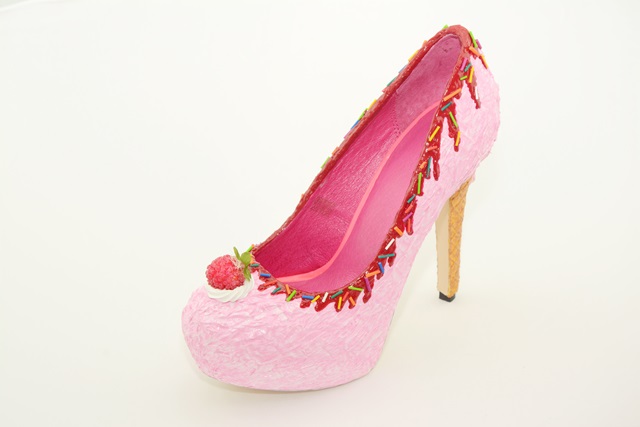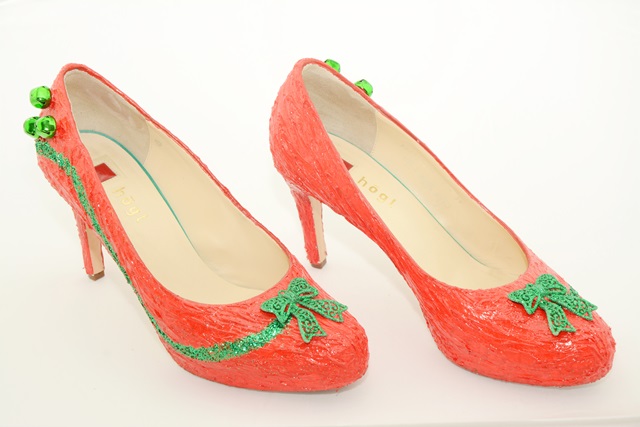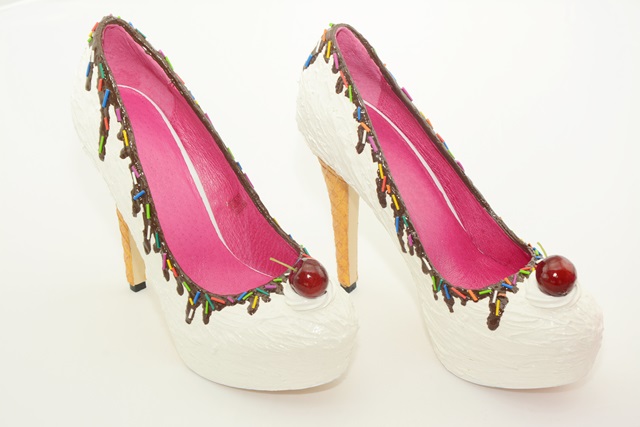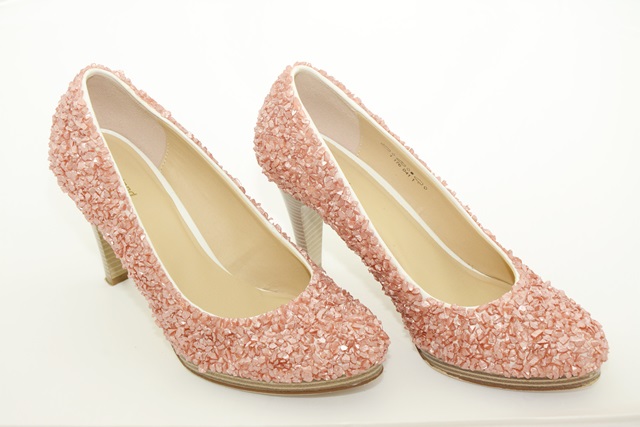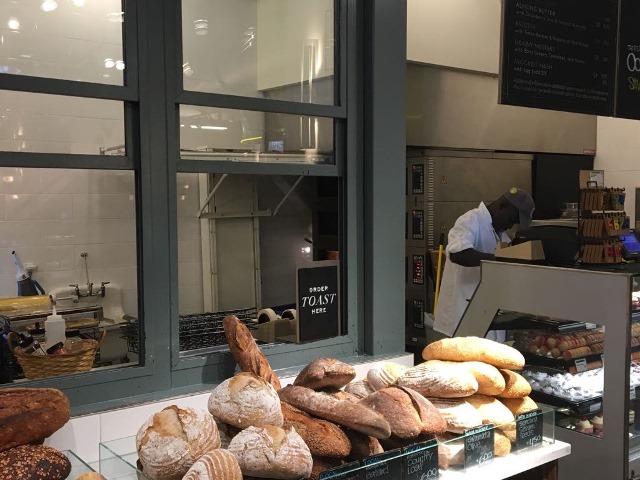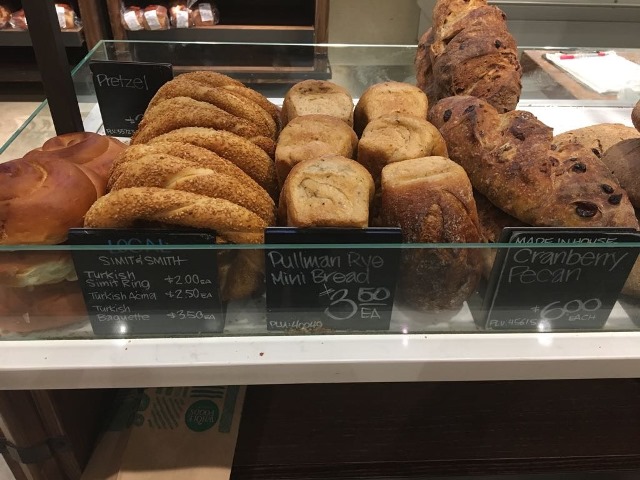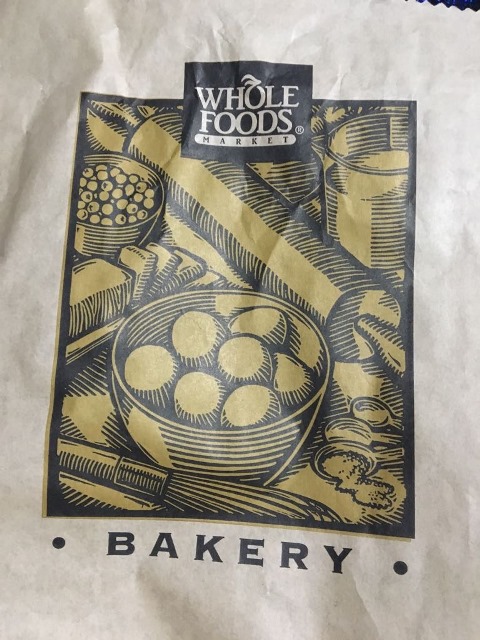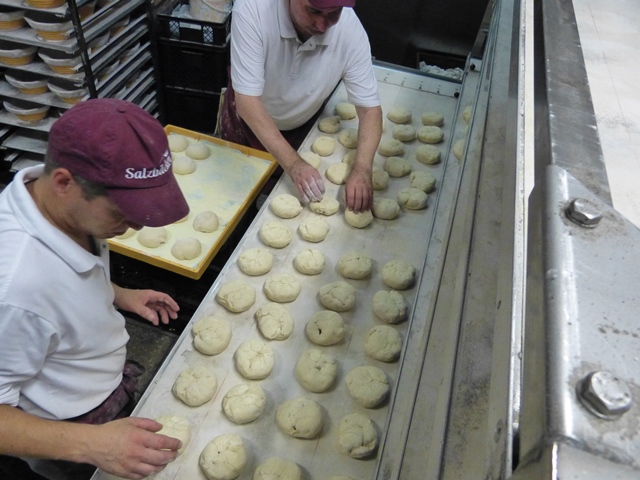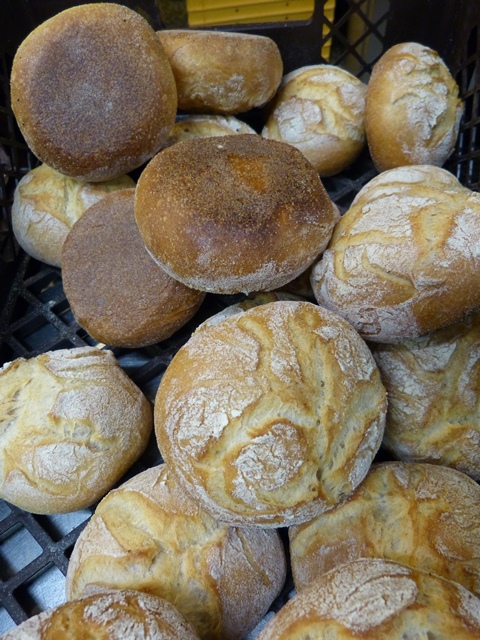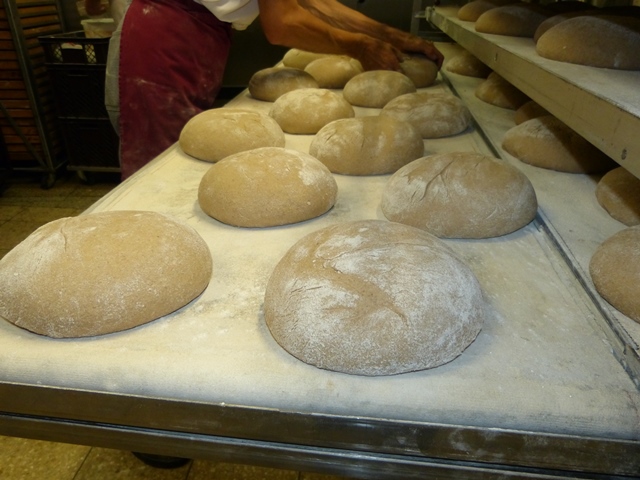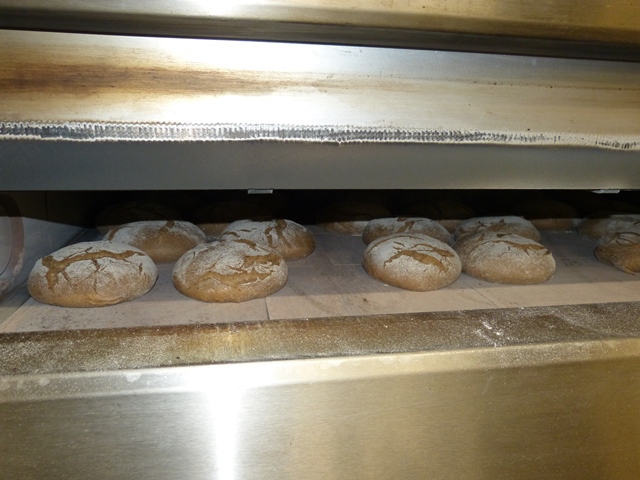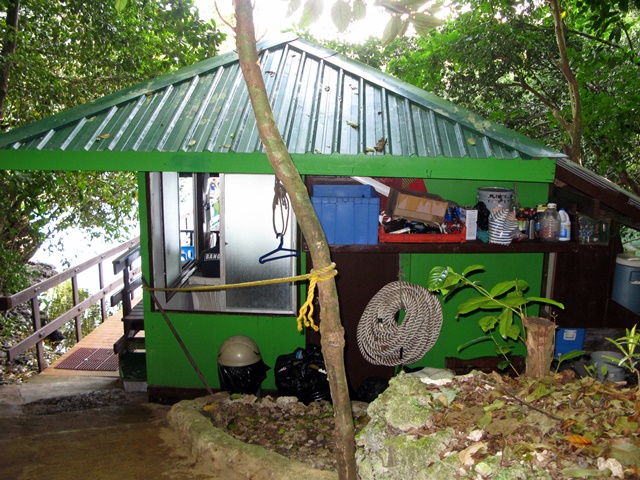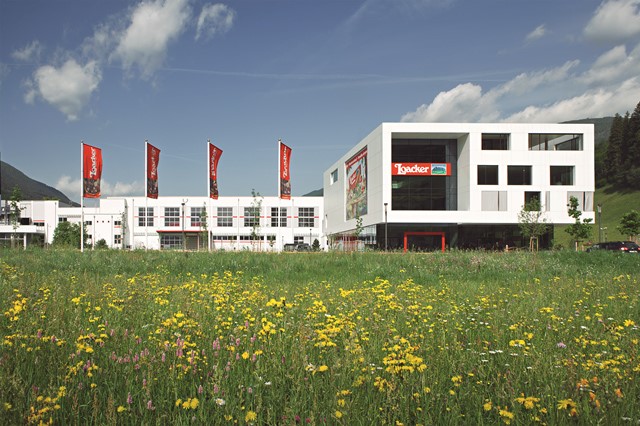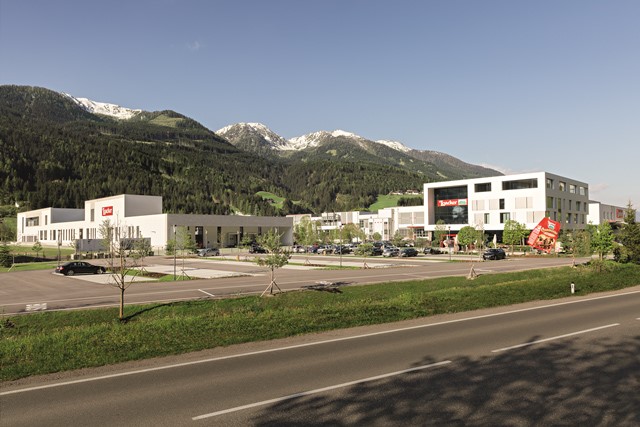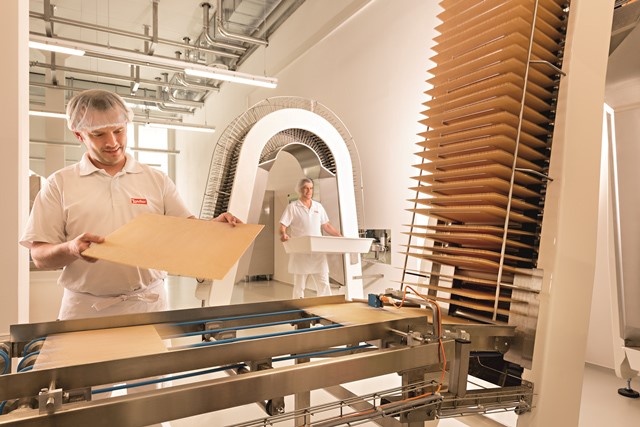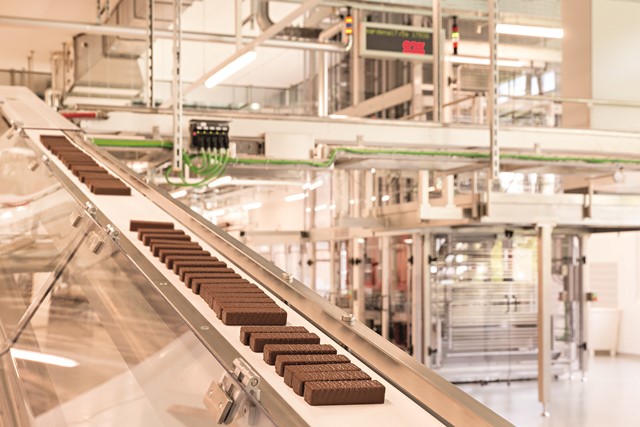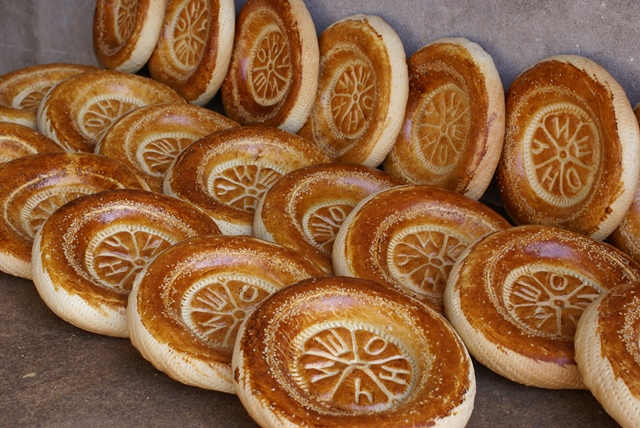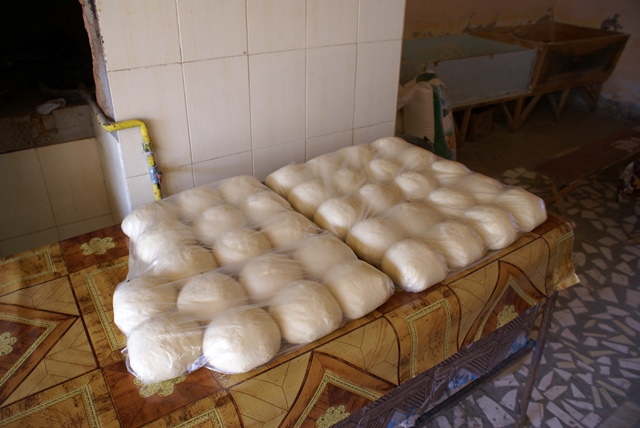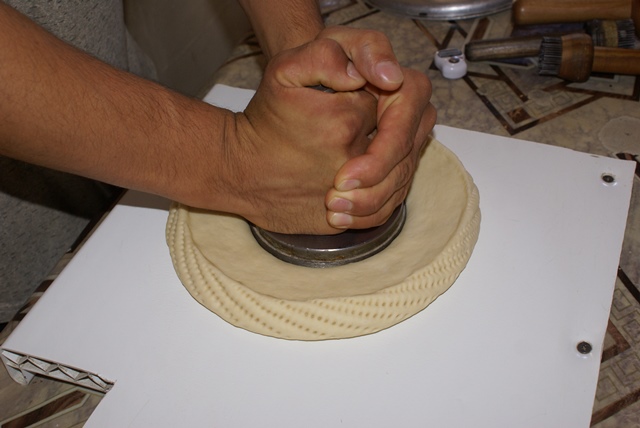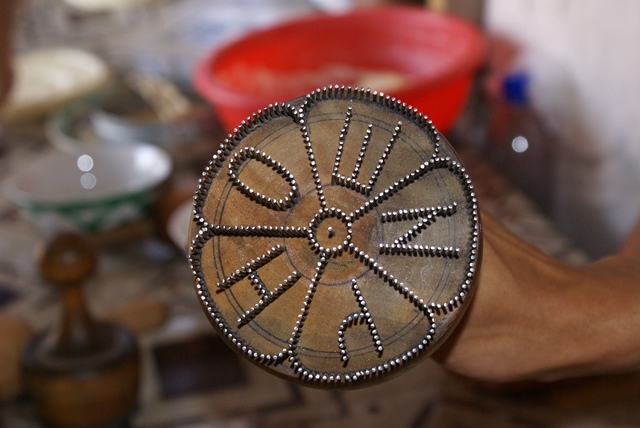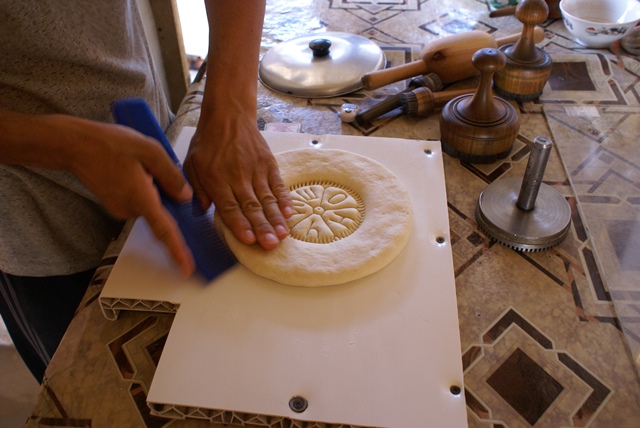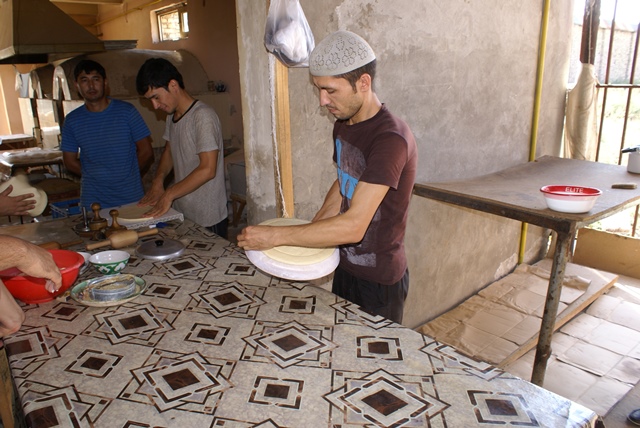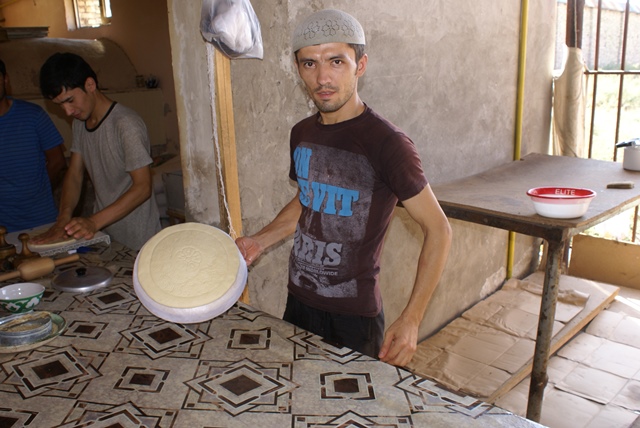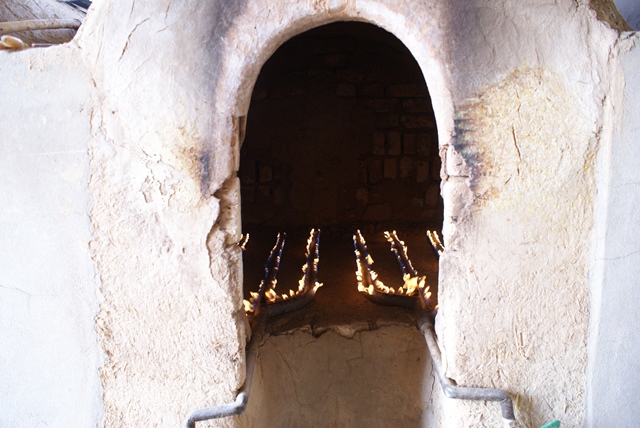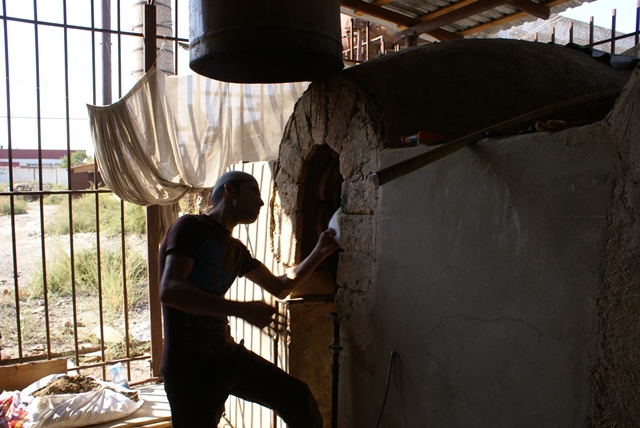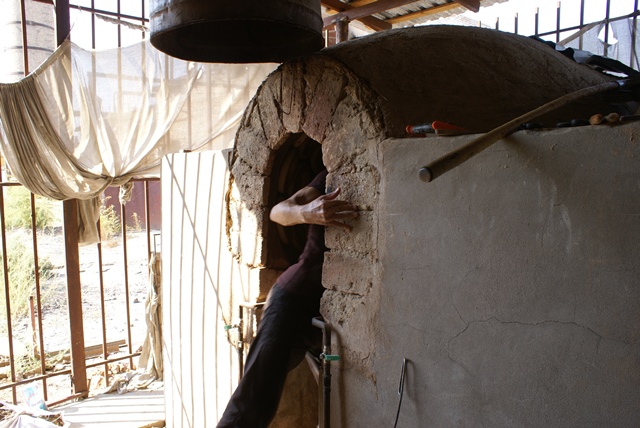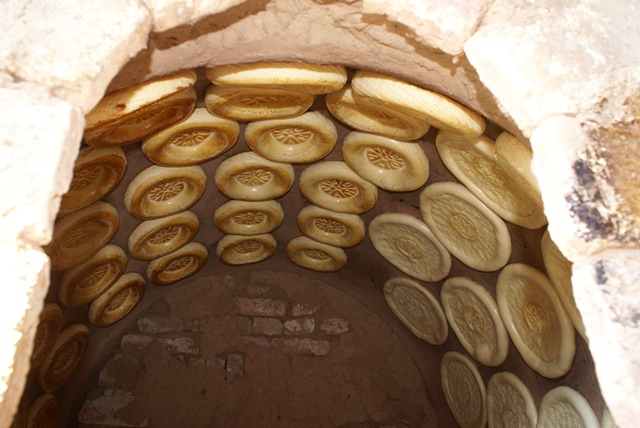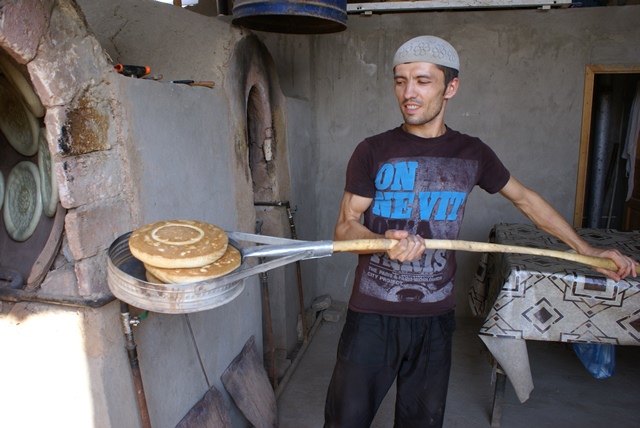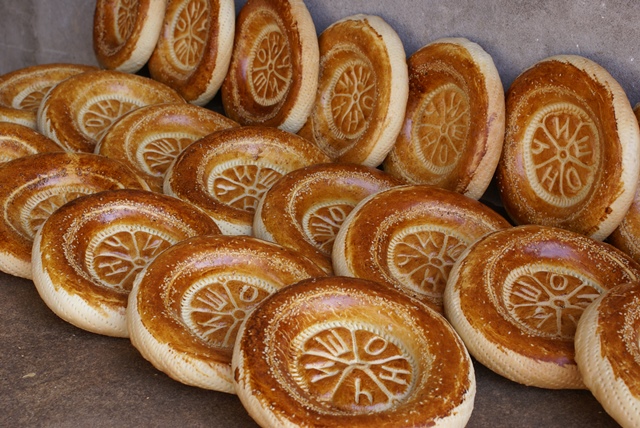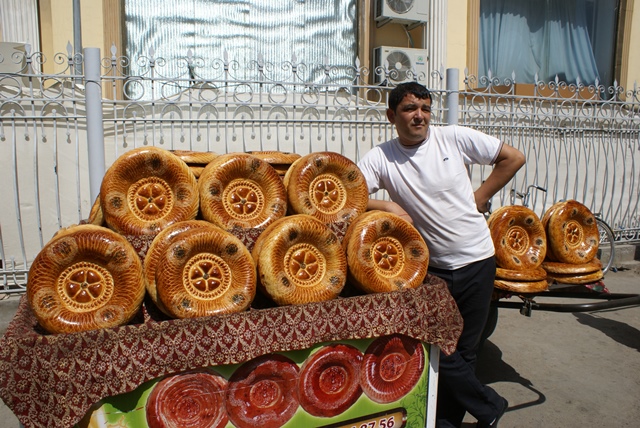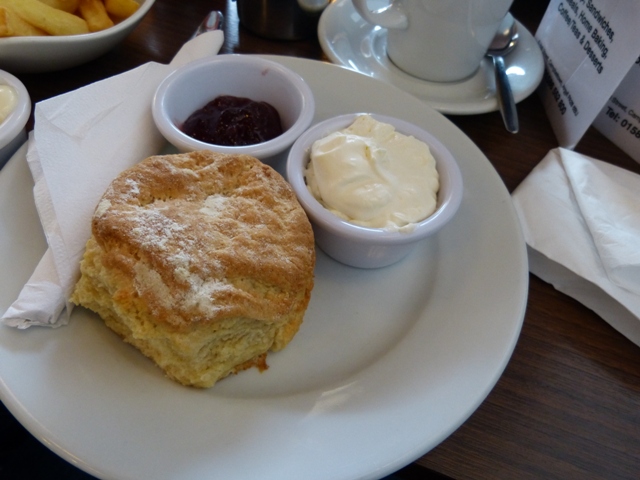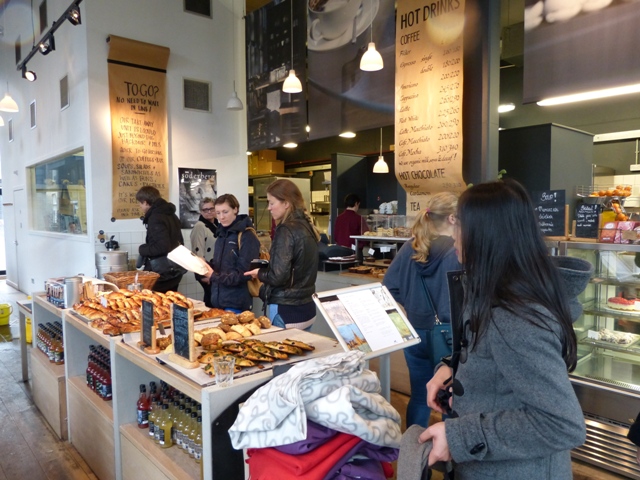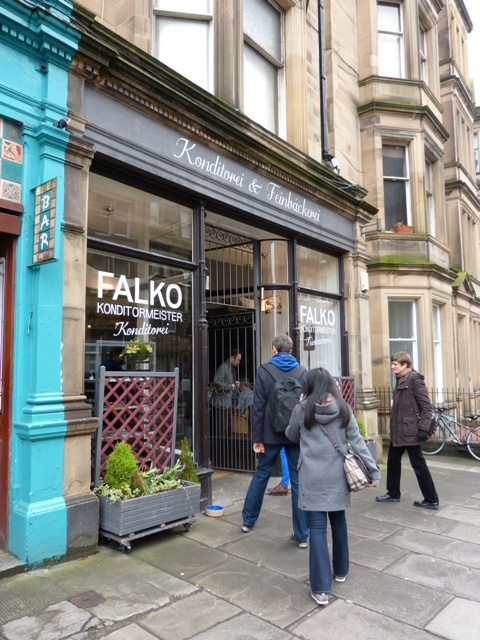Do Confetti Stone, Black Forest Cherry or Romance Rosé please you? One might almost think they are names on a dessert menu, but in this case it’s about something different, namely shoes. High heels with a sweet “outer cladding”, to be precise. Responsible for the sweet footwear – which incidentally are actually wearable, although not edible – is Gunter Müller.
Helga Baumfalk
New York City, 10 Columbus Circle: this is the location of one of the 430* branches of Whole Foods Market, an organic supermarket chain for which, according to the Handelsblatt trade journal, Amazon forked out around USD 13.7bn in June 2017. The concept is aimed at eco-conscious residents in big cities, and scores points for a quite unbelievably opulent assortment of organic foods at equally opulent prices, typical for New York.
Bread crates, or rather transport crates for baked products, are much in demand. So much in demand (as stolen goods) that industry experts estimate the so-called “shrinkage” at around 3% per year. This box went off course into an especially beautiful and particularly remote region. Where was it found? In the ranger’s cabin of the “Jellyfish Lake” in Palau. Its real owner is the GWF company (George Weston) in Australia, also known there as Tip Top Bakeries.
On 25th of June 2016 in the presence of numerous guests of honour, the new production hall in Heinfels was officially opened. The investment volume is about 70 million Euros. This means that the family business from South Tyrol, which is also active in East Tyrol, has invested a total of more than 160 million Euros in this location.
Uzbekistan is one of five former Central Asian soviet republics, and after gaining its independence in 1991 it is an economically ambitious nation whose efforts to make progress are supported by the Federal Republic of Germany. In this respect the focus is on assistance for medium-sized artisan businesses.
In the context of an assignment for the Senior Experts Service, Bonn, at a long-life baked products manufacturer in Namangan/Uzbekistan, SES Expert Hauch had an opportunity to visit a factory producing typical Uzbek breads. Namangan is situated in the northern part of the Fergana Valley, and with its present-day population of approx. 500,000 it is one of Uzbekistan’s biggest cities. In addition to growing cotton (Uzbekistan’s principal export commodity), light industry and food industry are important economic mainstays of this region.
Bread plays a special role in the Uzbek diet. It is an inexpensive food available almost everywhere in the country, and is served at nearly all mealtimes. The method of manufacture and appearance of the breads differ markedly from baked products manufactured in Central Europe. A medium-firm dough is prepared by hand from wheat flour corresponding roughly to Type 550, together with dried yeast, salt, water and a small amount of fat. After a short proofing, the dough is made up and the dough pieces round-molded.
The author:
Hans-Herbert Dörfner works on a voluntary basis, in this country and abroad, as an Expert for the Senior Experts Service in the Foundation of German Industry for International Cooperation, Bonn/Germany. You can also find out more about the SES and the author in our article in baking+biscuit international, Issue 1/2016, from Page 40 onwards.
Scotland is noted for its efforts to gain independence, its castles, the Highlands, sheep, wonderful landscapes and of course whisky. Everything at mealtimes revolves around haggis. This savory dish made of meat, oat flakes, salt and spices was formerly regarded as the food of the poor. Visually, haggis is reminiscent of black pudding, and classically it is eaten with turnips (neeps) and potatoes (tatties).
Nowadays this dish can be found on menus in numerous variations where fantasy has no limits: haggis with salad, with nachos, in pastry turnovers, in lasagna, as a filling in breast of chicken or on toast. However, since offal is not to everyone’s taste, visitors nowadays will also find vegetarian haggis in Edinburgh’s numerous restaurants.
Scotland’s capital itself is bustling with life. The city with its population of around 450,000 attracts crowds of tourists. It also has three internationally famous universities, Edinburgh Napier University, Heriot-Watt University with the Edinburgh Business School, and the University of Edinburgh. The economy is flourishing, and only 3.4% of the population is unemployed. Incidentally, the unemployment rate in Scotland as a whole is 5.9%.
This dynamism is also noticeable in the numerous catering businesses. Of course there are still the classical pubs with Scottish beer, fish & chips and homemade soups – but an exciting mix of organic, regional, international, traditional and adventurous has established itself in Edinburgh. There are many interesting concepts in Bruntsfield Place. Anyone who wants to see a tattooed artistic coffee barista offering a wide variety of specialist coffees and toast with avocado should visit Artisan Roast (http://www.artisanroast.co.uk/). Dark organic chocolate with bergamot is served for GBP 3.75 at Coco Chocolatier right next door (http://www.cocochocolate.co.uk/).
